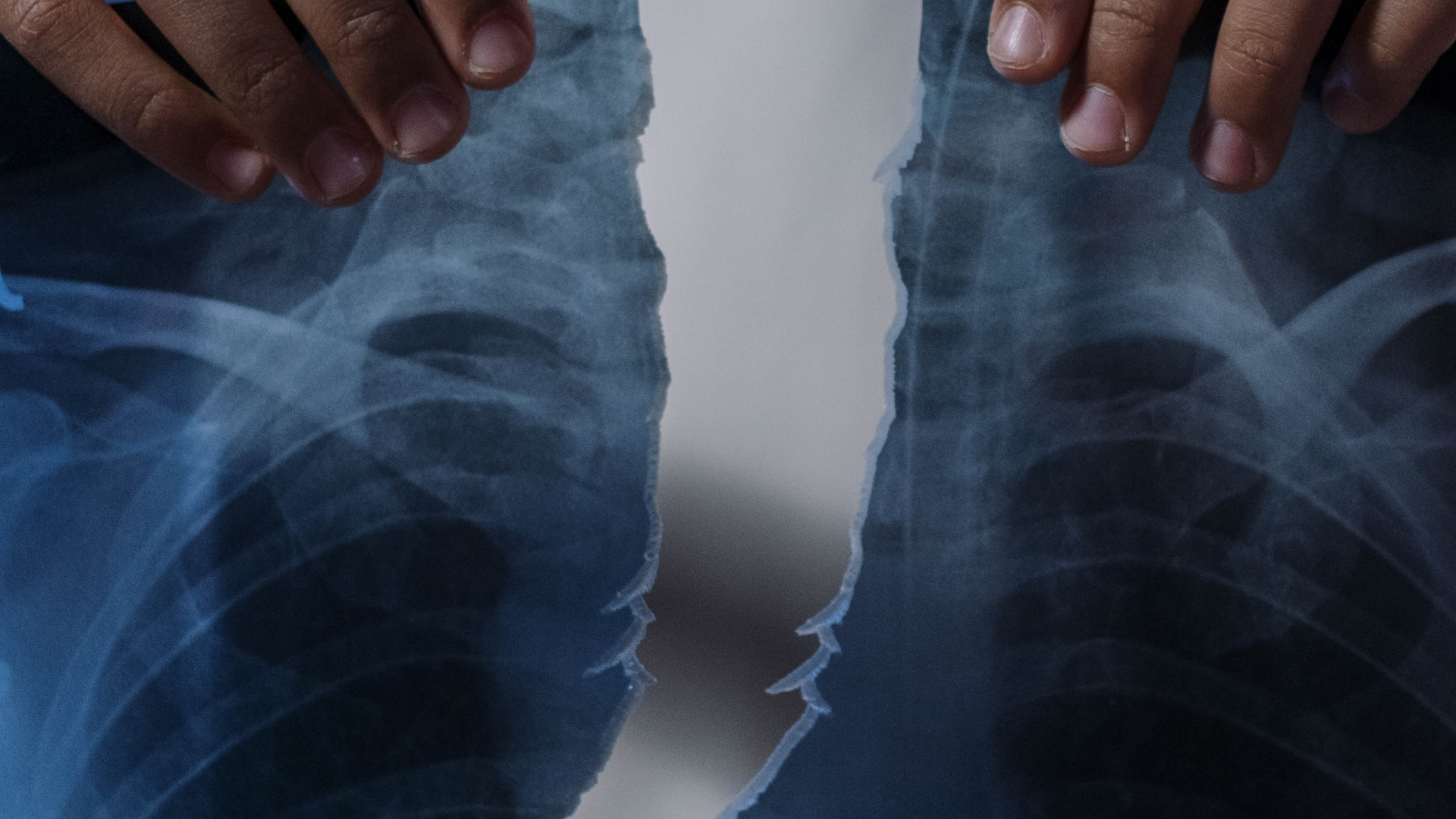
This is dedicated to my clients, friends, family, mentors, and colleagues who, over the years, have endeavored to truly understand and address the root causes of bone loss. You have inspired my research, delighted me with your victories, and taught me so much on your healing journeys.
A fitness teacher in her 50’s was working out one day, and, from one moment to the next, she made a “wrong” move, and the next thing she knew her back was in a world of pain. It hurt to walk or move normally. It hurt to sit. It hurt to lie down. From one moment to the next, her life had turned upside down. Suddenly she could not exercise or work and the most basic daily activities were a challenge. X-rays revealed a broken vertebra. What? How the heck did that happen from such a small movement?

A DEXA scan, or bone density test, revealed that she was in full-blown Osteoporosis. No, not osteopenia, the sort of pre-osteoporosis diagnosis that warns you you’re headed in the direction of osteoporosis. Nope, as a beautiful, fit woman in her 50’s, she was already there. As anyone would feel, this was most unwelcome and alarming news.

A love note to my readers… I am warning you now. This is not a light read. It is written to offer you an in-depth understanding of osteoporosis in its complexity, so approach it more like a few book chapters than a “quick tips” sort of article. I like to look at health challenges from multiple angles and be exceptionally thorough, which is one of the reasons my clients experience exceptional results. However, with clients, I break it up into bite-size pieces that can be implemented over at least 12 weeks. Here, I am giving you a mother lode in only two parts, so I don’t expect you to run off and master it all on your own.
So here we go…
So, where does she go from here?
Here are the most common mainstream medical options:

In conventional medicine, doctors have very tightly regulated toolboxes, which are heavily biased in favor of patent pharmaceuticals and high-tech interventions. Only a handful of supplements are considered acceptable, and quality is not specified. Furthermore, conventional medical training only brushes over lifestyle protocols, usually disseminating outdated and ineffective advice, particularly regarding diet.
This is not your doctor’s fault. This is inherent to the stranglehold that pharmaceutical, biotech, and large food industries have on regulating agencies that determine standards of practice and medical school curriculum. It’s not personal. It’s just business politics.
1) Approved Supplements & Exercise
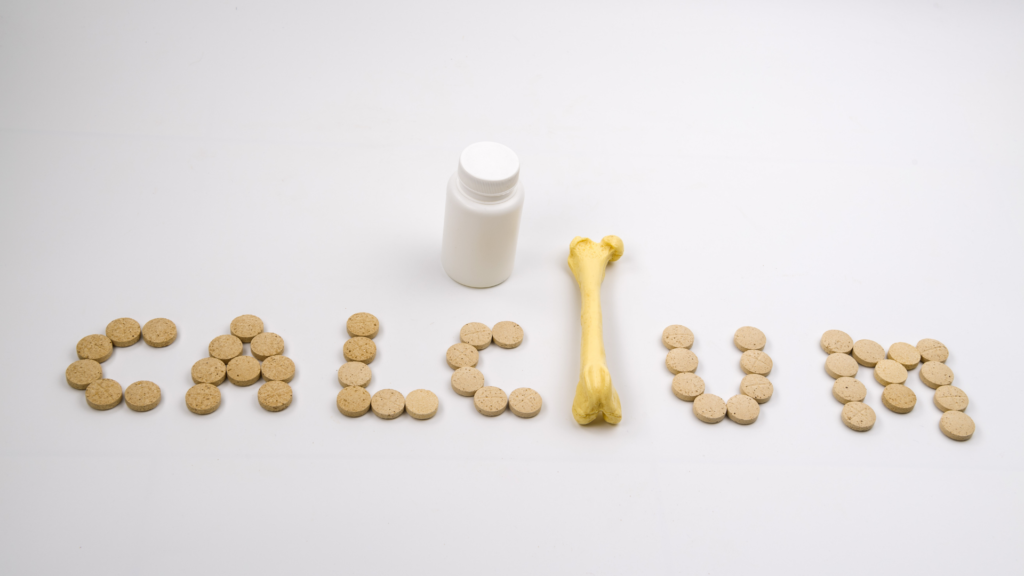
Calcium and D3 are two highly researched supplements that have made it through the gauntlet of mainstream medicine. Most patients facing bone loss are advised to “take calcium,” which is cool in a way since it’s not a pharmaceutical. However, there doesn’t tend to be a lot of specification as to what form of calcium, which you will soon see is highly problematic. Just because something is “natural” doesn’t mean it’s good for you.
By now, doctors also feel comfortable recommending D3 as well, which is actually wise, but incomplete. Minerals like calcium needs some help getting to your bones and not soft tissues where calcium can do more harm than good. In fact, there’s a vitamin that’s often combined with D3 that can help do the job. It can also be found in dietary sources. This is helpful, assuming your digestion and assimilation are strong, which is not the case for so many bone loss patients. More about this shortly…
More progressive docs might also know to recommend magnesium. In fact, it turned out that the client I shared about at the beginning of this article had hypoparathyroidism. This means her parathyroid, which regulates blood calcium levels, was not firing on all cylinders. A myriad of lifestyle and environmental factors can lead to this, and low magnesium tends to be in the mix. These doctors might also know to tell their patients that cautious weight-bearing exercise helps build and maintain bone density. Staying active is important, which becomes challenging after osteoporitic injuries occur.
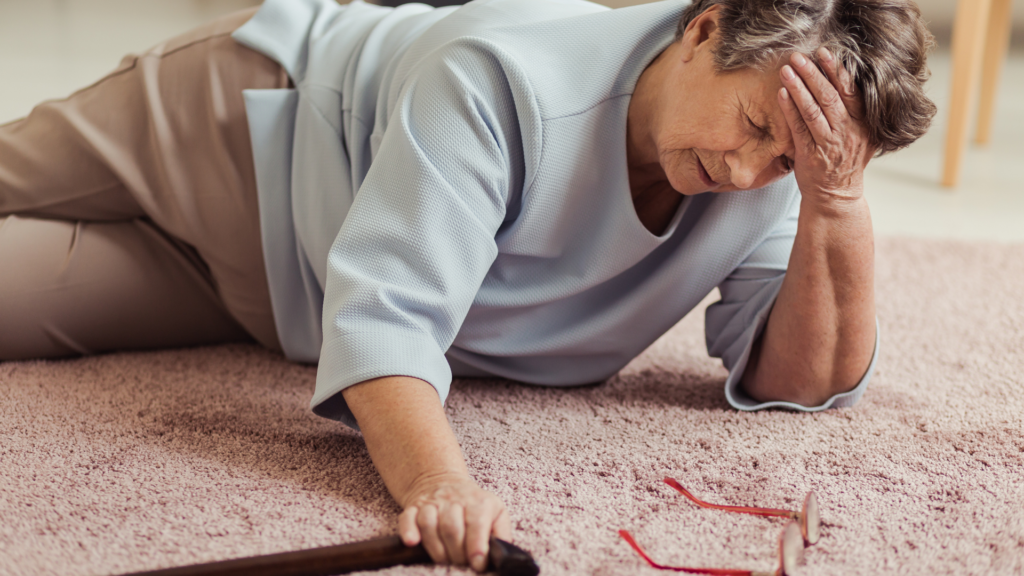
However, bone health is more complex than even all of this, so most times, calcium, D3, Magnesium, and exercise may help slow decline a little, but aren’t enough to more dramatically slow or stop bone loss, much less turn things around. In conventional medicine, patients get to the point where they are offered a choice. They can risk a hip fracture, which increases overall disability and mortality risks; or, they can go on meds.
2) Medications
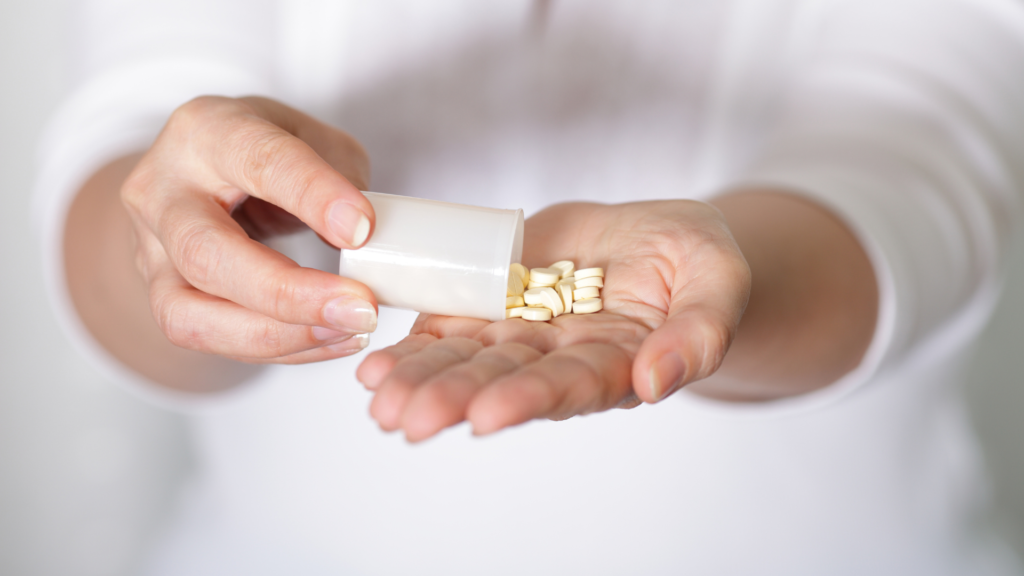
Bisphosphonates
The current drugs of choice tend to be bisphosphonates, like Prolia, Fosamax, Reclast, Actonel, Boniva, and a few others. Bisphosphonates can cause symptoms such as digestive issues, itchy rashes, inflammatory eye disease, aches, and pains. However, they have gotten some particularly bad press, because they have been linked to rare, but horrendous, side effects like osteonecrosis (bone cell death) of the jaw and atypical femoral fractures (in which your thigh bone can break partially or entirely in half).

Yikes, why would this happen? Bisphosphonates inhibit bone cells called osteoclasts that help tear down old rickety bone cells, much like an old deck board that would snap if you stepped on it. A different kind of bone cells called osteoblasts help replace them by building strong new bone cells, mostly osteocytes, much like putting in new deck boards.
So, while it may seem like a good idea to have a medication that slows down the removal of old bone, especially when new bone is not being regenerated fast enough, there is a risk that you end up with a lot of old rickety boards on your deck. And, for whatever reason, although this is rare, it seems that jaw and thigh (femur) bones are especially susceptible.
According to data, the risk of serious side effects increases the longer you are on the meds, so some doctors have their patients take breaks for years at a time. Oncology patients are also more likely to have complications with bisphosphonates.
As an aside, I want to emphasize the importance of hormones for bone health, so get this! The bone-building osteoblast cells have special receptors for estrogen, parathyroid hormone (PTH), and “vitamin” D (which is actually a hormone). This means that any imbalance in these hormones will impair bone building.
Teriparatide (Forteo)
Another drug option is Teriparatide, sold under the brand name Forteo. It is a synthetic form of parathyroid hormone, which, as pointed out above, helps the osteoblasts build new bone (as opposed to the bisphosphonates that stop osteoclasts from tearing down old bone). In studies, it restored 8% of vertebral bone mass density. However, it only showed improvement during the first 18 months of use. Patients can only stay on it for two years. There is a very low risk of osteosarcoma, or bone cancer (1 in 100,000, whereas bone cancer occurs in the general population in 0.4 out of 100,000). More common adverse effects include headache, nausea, dizziness, and limb pain.
Raloxifene (Evista)
Because estrogen plays such an important role in bone density, there is another medication called Raloxifene, or brand name Evista. It is a Selective Estrogen Receptor Modulator (SERM). It is a mixed agonist-antagonist, as it has estrogenic effects on bone and antiestrogenic effects in the breasts and uterus. The idea is that, since estrogen is important for bone density, especially in post-menopausal women, that this medication might slow low estrogen-related bone loss without increasing risks of reproductive cancers. Common side effects are hot flashes, leg cramps, swelling, joint pain, and potential worsening of menstrual symptoms. Serious risks include blood clots and stroke.
Other considerations regarding side effects…
It’s also worth bearing in mind that all medications, particularly synthetic over-the-counter and prescription pharmaceuticals, have inherent risks, like endocrine (hormone) disruption, epigenentic (gene expression) changes, and organ health risks. These kinds of molecular disruptions can accumulate and imbalance organ systems to the point of creating debilitating health issues. However, because real humans present too many variables to track, it’s hard to point a finger to “blame” any particular drug unless the cause-effect relationship is relatively blatant.
This is why integrative and functional medicine practitioners prefer to use synthetic pharmaceuticals as a last resort – when there is the threat of imminent death or disability, and not a first resort – when the body would likely have time to heal itself by addressing the root causes that created the condition in the first place. Over 90% of these are lifestyle and environmental factors, which cannot be patented, and, therefore, evoke very little profit motive on an industry level despite their extreme efficacy.
Why do doctors recommend medications for bone loss despite the risks?
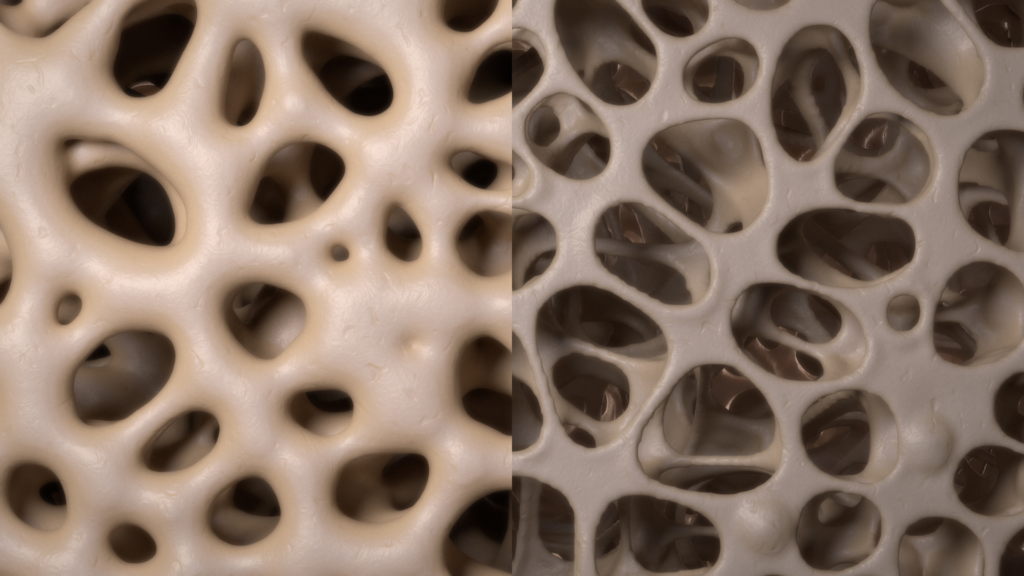
Doctors, nurses, and other health professionals know very well that pharmaceuticals cause side effects. Like so many health concerns, bone health is a big deal that most of us don’t think about it until we reach a certain age, often past the easy prevention window, or until a bone breaks out of nowhere. That’s why osteoporosis is considered a silent disease. Osteoporotic fractures are associated with substantial disability, morbidity, and mortality. The World Health Organization (WHO) considers them one of our top public health priorities.
This is why, when met with objections about the side effects of osteoporosis drugs, clinicians point out that your bones are at risk of breaking anyway, which potentially increases your risk of disability and mortality. Most people are eating crap, stressed out of their minds, and not that interested in doing anything about it. Clinicians, whether, doctors, physician assistants (PAs) or nurse practitioners (NPs), are overextended and drowning in bureaucracy. They barely have time to review labs and prescribe meds, much less talk to people about their lifestyle.
It’s easy to see how through their eyes, given their feasible options, the benefits of medications far outweigh the risks. From the conventional toolbox, this is actually pretty sound logic, and I get it.
However, what if there are other science-based toolboxes?

When it comes to bone health, and health in general, I love witnessing how cutting-edge science can be applied to identify and address root causes. I tend to see this most in integrative medicine circles because the toolboxes have fewer political constraints and are, therefore, free to be more innovative, while still maintaining high standards of safety – perhaps even higher standards than conventional medicine because there is lower tolerance for side effects and long term, cumulative harm. This, in most cases, translates into exceptional outcomes that are not often seen in conventional medicine.
To be clear, there are some really ineffective, even dangerous, practitioners in both conventional and integrative medicine. However, in my experience, when you get a really empathetic, well-researched, intuitive integrative practitioner, it is amazing to see how the human body can heal. And because the root causes of illness are over 90% lifestyle, including our daily habits and environment, I adore educating people about the power of lifestyle medicine. Understanding your body and changing daily habits can transform your biology in ways most people would never imagine possible.
There is an enormous gap between what is possible and what people know their options to be. It is my passion to help close this gap.
And this is why my client came to me. She wanted to understand what was happening on a deeper level so as to address the root causes. Like so many people seeking viable solutions, at the very least, she wanted to slow the decline. At best, she wanted to see if she could increase her bone density without medications.
While I cannot guarantee anything, I have seen these kinds of results in enough people that I know this is possible if she is committed to self-nurture and does her part. This requires a very strategic multi pronged approach that tosses out the most common bone health myths and replaces them with a deeper understanding of the root causes of bone loss and how to nurture your bones.
Let’s Bust Some Osteoporosis Myths:
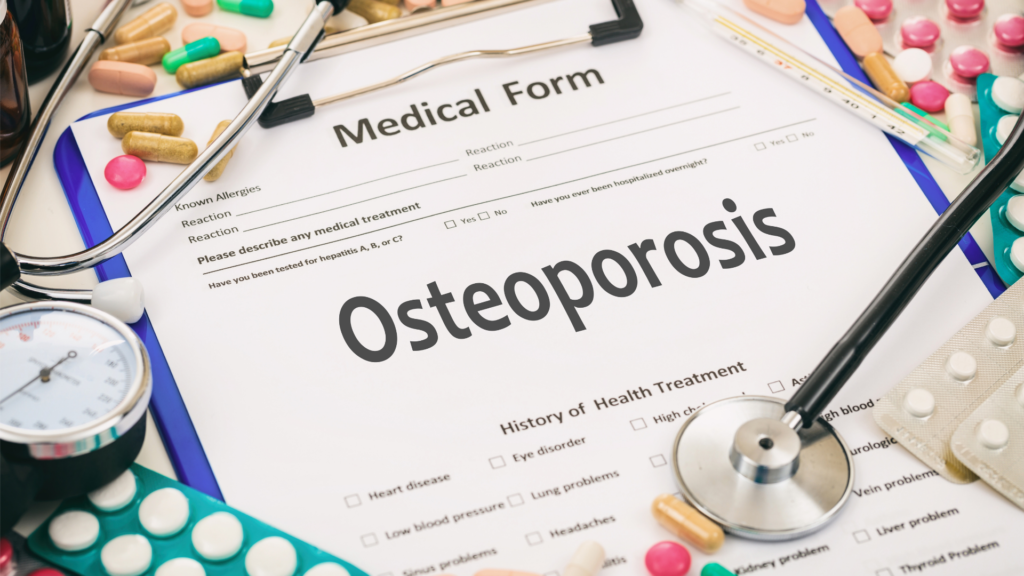
Myth #1: The root cause of Osteopenia and Osteoporosis is “age,” so there’s nothing you can do about it.
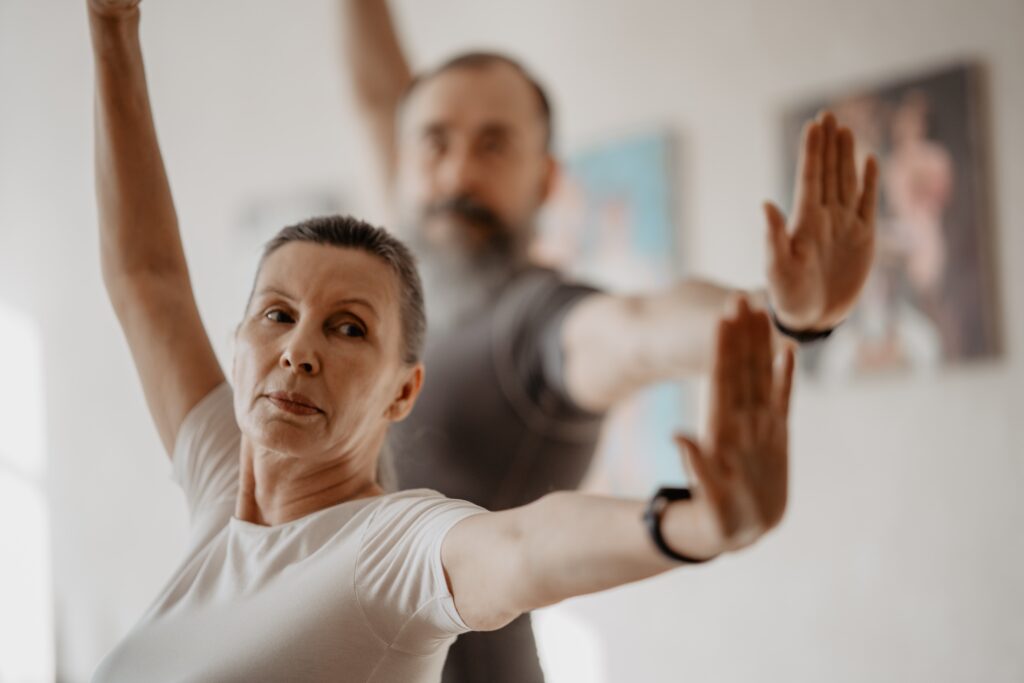
If you ask most mainstream clinicians what causes bone loss, they will say “aging.” And, fair enough, life is wear and tear over time. However, integrative and functional medicine recognizes that the rate of wear and tear is directly correlated to vehicle maintenance, driving habits, and road conditions. The well-being of our bones, like all-body cells, is subject to nurture and stressors. To the degree stressors outweigh nurture, we accelerate the aging of our cells. To the degree nurture outweighs stressors, we slow the aging of our cells.
Myth #2: Bone loss, or loss of BMD (Bone Mineral Density) can be improved if you just take a lot of calcium
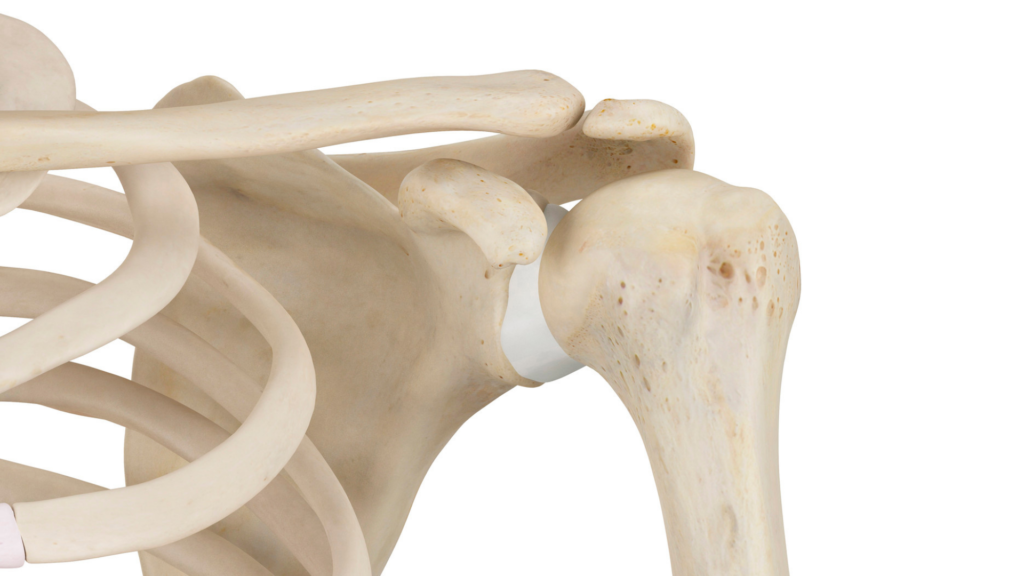
Bone loss is more about…
- Nutrition
- Hormones
- Gut Health
- Activity Levels
- Inflammation
- Stress (Chemical, Microbial, Emotional)
…than calcium deficiency! If you want to get a handle on bone loss, you need to nourish yourself, support hormone balance, heal your gut to increase nutrient absorption, integrate enjoyable weight-bearing movement, deal effectively with stressors and chill out inflammation. More on how to do this in part two…
Myth #3: Acid reflux is caused by too much stomach acid, and should be suppressed by medications (Read on to see why this myth affects bone density!)
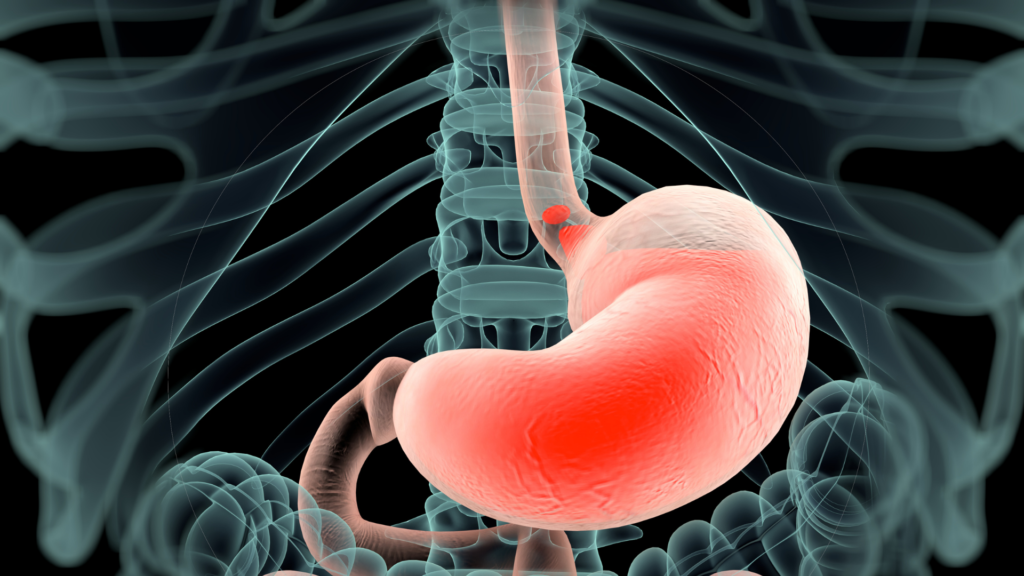
Research shows that most GERD is caused by low, not high stomach acid. This is usually because your LES (lower esophogeal sphincter that connects to your stomach) is not closing properly due to either a mechanical issue like a hiatal hernia or because the PH of your stomach is not acidic enough to trigger its closure, which is most commonly caused by stress, an infection such as h pylori or both.
Your bones need stomach acid…
You need enough stomach acid for your pancreas to release enzymes and for your gallbladder to contract and release bile. Without these gastric juices, we cannot break down and absorb the nutrients needed to renew tissues.
Acid-blocking medications decrease nutrient absorption and can be a root cause of osteoporosis. Other risks of low acid (aka hypochlorhydria) include infections, microbial imbalances, reflux, a wide array of gut problems, and cancer.
Myth #4: Calcium auto-magically travels to your bones when you ingest it
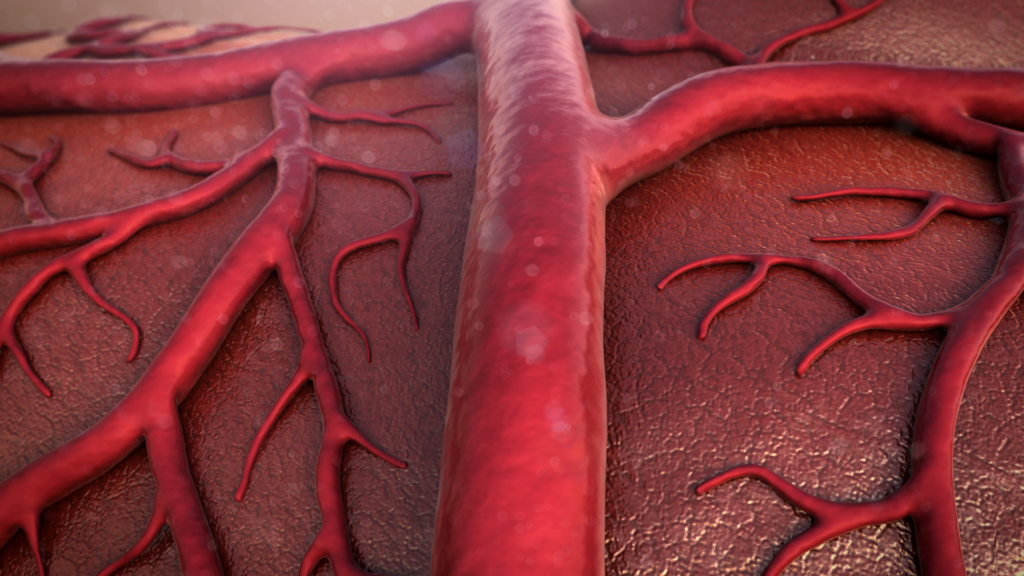
Calcium does not magically travel to your bones when you ingest it. Studies show it can travel to soft tissues, like arteries, heart valves, and kidneys, increasing the risk of calcifications.
However, vitamin K2 (particularly the M7 form) helps your body direct minerals to your bones and not soft tissues like heart valves, arteries, and renal tubules (kidneys). You can purchase a D3 + K2 supplement to support this. Again, I recommend the M7 form, so just read the ingredients.
However, if you get your gut health up to speed so that you are absorbing well (one of my favorite things to help people do), you can get K2 in your diet from high-quality animal products and fermented vegetables.
Myth #5: Calcium is calcium. The form doesn’t matter, so just get the cheap stuff (usually calcium carbonate).
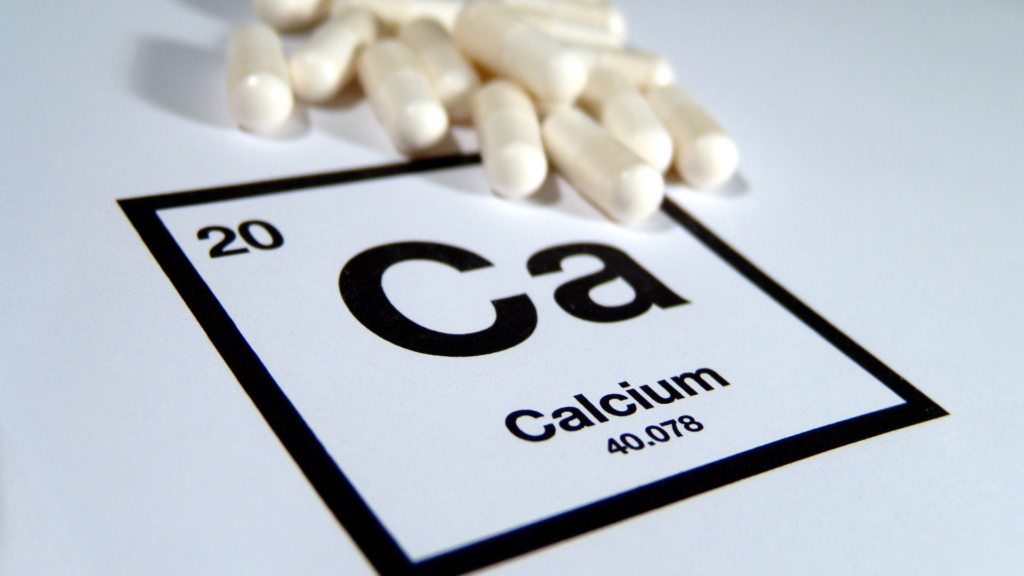
Did you know that calcium carbonate, as in limestone or chalk, may increase the risk of calcification of your heart valves and arteries, leading to atherosclerosis and heart valve stenosis? Calcium carbonate also neutralizes much-needed stomach acid, which can decrease nutrient absorption and lead to bone loss.
While it is one of the cheapest and most common forms, it is very difficult to absorb and deposits in soft tissues where it can do organ damage. Many doctors still recommend Tums and other cheap brands of calcium carbonate to their patients, so please be aware.
This risk may also apply to extremely high doses of any form of calcium. However, dietary calcium may be protective for the heart. This does not include factory farm dairy, which is highly inflammatory (and inflammation is a root cause of bone loss). Even organic, grass-fed dairy, especially from American A1 cows, can cause food sensitivities, which are inflammatory processes. In part two, I will discuss both supplement and dietary options.
Myth #6: Since calcium is “natural,” all calcium supplements are safe, take a lot of them to build bone faster.
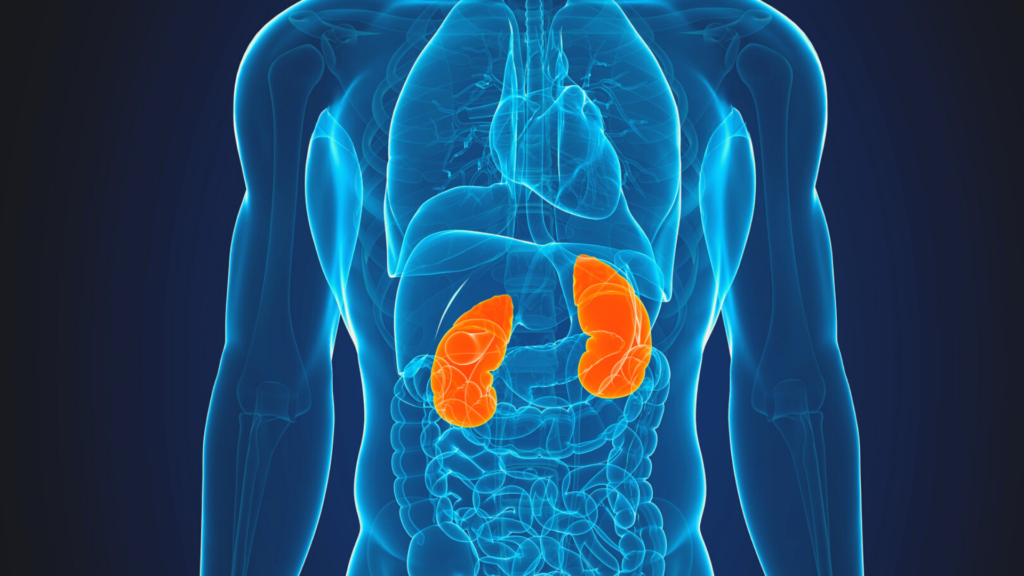
Again, studies show that calcium supplements, especially calcium carbonate and any form in excess, increase the risk of calcifications in your kidneys that lead to stones and kidney failure.
Non-inflammatory dietary calcium in moderation does not.
Myth #7: Your bones are mostly made of calcium
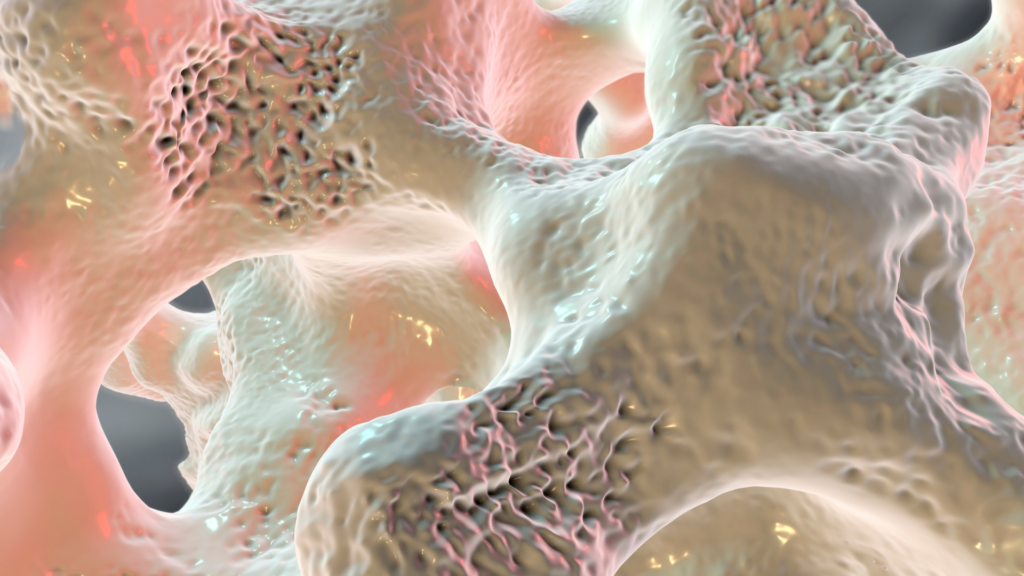
Actually, your bones are mostly made of collagen, a type of protein made of many different amino acids, that is a major building block of, not just bones, but also skin, teeth, muscles, ligaments, tendons, blood vessels, and eyes. When we don’t ingest or absorb enough protein in our diet, our body “eats” our bones. When our blood calcium is low, our parathyroid borrows from our bones.
Myth #8: Calcium is the important bone mineral

Did you know that your bones need a broad spectrum of minerals to reinforce their structural matrix? These include boron, copper, magnesium phosphorus, potassium, and zinc, not just calcium. You get these from plants grown in mineral-rich organic soil teeming with microbes and insects. You also get them from the wild, grass-fed, and pastured animal products that were raised in a low-stress environment and ate plants grown in mineral-rich soil. Of course, your ability to absorb these minerals depends on your gut health, especially the strength of gastric juices in your stomach and the health of the lining of your small intestine.
Myth #9: You cannot do much for osteoporosis with supplements and lifestyle. Pharmaceuticals are the safest, most effective way to protect osteoporosis patients

If you are willing to educate yourself, nurture yourself and overcome any mindset obstacles that arise, there is a lot you can do to prevent, slow, and even reverse bone loss!
If you are not willing to change your thinking or habits, that’s your prerogative. There really is no magic pill that will fix the root causes of the problem. However, there are medications that, if you are okay with the common and even rare side effects risks, can get your a little bone density back. Just be sure not to stay on them too long at a time.
And, if you are willing to make changes, but have extremely progressed osteoporosis that is putting your life and ability to be able-bodied at risk, it might be worth seeing how you respond to medication to buy your bones a little time until your lifestyle changes can take effect.
Ultimately, this is a very personal decision. Just be sure to educate yourself fully and listen to your intuition when you make it. At the end of the day, it’s your body and you be the boss of you!
Myth #10: Osteoporosis is a women’s disease. Men don’t get it.
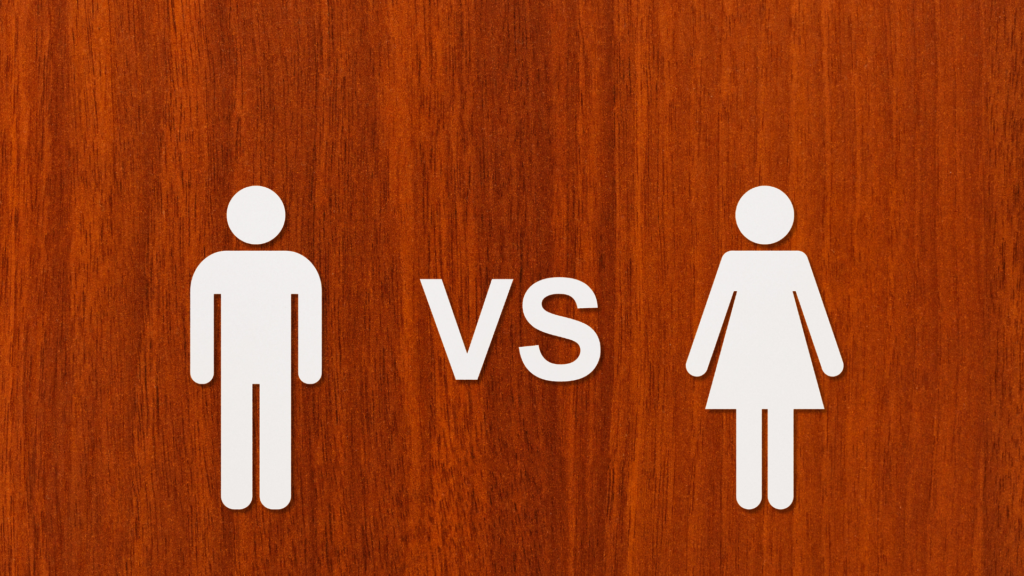
While more women than men are affected, men get osteoporosis, too. However, it tends to develop slower due to larger skeletons and lack of rapid hormonal shifts women experience through different phases of our reproductive cycles. As men live longer, osteoporosis is becoming an issue for you fellas as well. Learn about a man who developed osteoporosis and is reversing it successfully in Part 2!
If you take away nothing else from these articles, please at least get that when it comes to bone density:
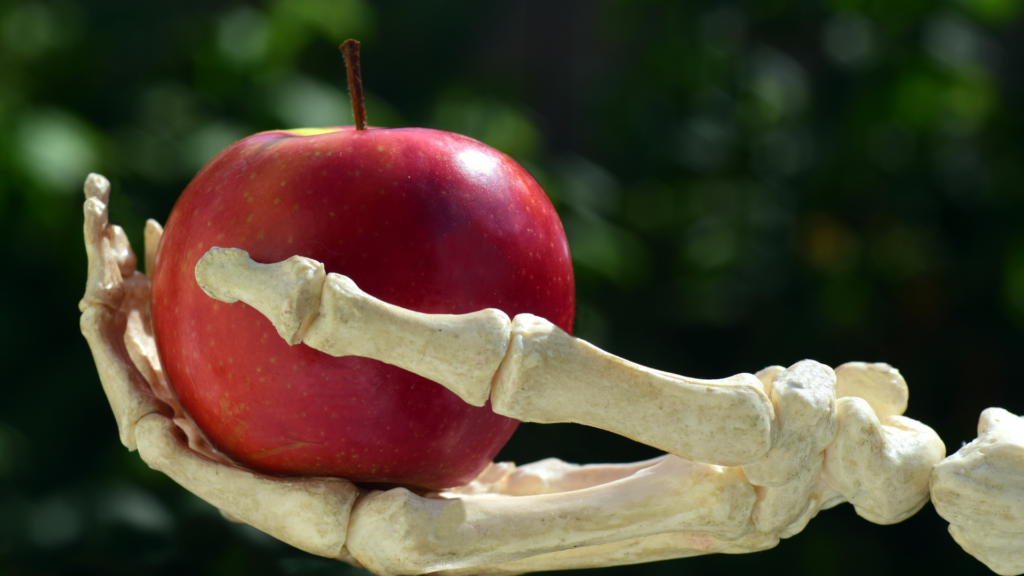
- It is not just a calcium thing
- It is multi dimensional
- It’s crucial to understand the root causes
- Certain quality, strategic supplements can help
- Your lifestyle is what matters most!
As you can see, this is a big and important subject, so let’s take a break. In Osteoporosis Myths and How to Be Good to Your Bones: Part Two, I will help you understand more about how the root causes of bone loss point to concrete actions we can all take to optimize our bone health to make the best of what we’ve got.
In the meantime, what clues do you already have and what do they tell you about what you need to focus on to nurture optimal bone density?
Please leave comments and questions. I look forward to continuing this conversation.
Stay tuned…
Read the Osteoporosis Myths & How to Be Good to Your Bones: Part Two here.

Having fractured my femur , wrist (x3), and now tib/fib I am disappointed the lack of results from pharmaceuticals (Prolia and now Alendronate). I take calcium, D3 and Magnesium daily and regularly exercise H.I.I.T using body weight and 5-10 lb weights. I would like to understand more about this and try whatever I can to slow, stop or improve my osteoporosis.
Ouch! I’m so sorry to hear you’re struggling with this, in spite of great efforts with exercise, supplements and even two different medications. I imagine that feels scary and frustrating as well as can create a sense of helplessness. I am doing my best to write the second part this week. I look forward to your thoughts and any questions in the comments. You are also welcome to contact me directly. Feel free to reach out in whatever way feels most comfortable and supportive to you. I’d love to see you reach your goal to slow, stop or reverse this as well!
Thanks Doc.
Ha ha! You bet, Jeff. 😉
😎
Hi Traci,
I am sending this post to many. Thank you so much.
Yay! Thank you so much for sharing. It feels all the much more rewarding writing these things when I can help as many people as possible. I am still learning how to reach more people and appreciate any and all support. I miss seeing your face and hope all is well in your neck of the woods. 😉
That was excellent! Looking forward to the next part. I have osteopenia. Looking for any guidance I can get.
I am happy that you enjoyed it and are looking forward to the next part, which is coming soon. You’re already on an excellent path. When you read part two, I think you’ll feel extra impressed with what you’ve already accomplished… and can see if there are any stones unturned, so to speak.
What a fantastic article! It will be a comprehensive one to send over to patients as they embark in a holistic improvement of their health. As often an osteopenia /osteoprosis diagnosis is the motivator to start to look into lifestyle changes!
And you made it fun to read !
Thank you Traci!!!!
As I always say, ….you are brilliant
Awww, thanks, Nina! You’re so sweet. I really do hope this will be an ongoing resource for people. Yopu’re absolutely right. While medical diagnoses can feel pretty bad, they can be phenomenal motivators for lifestyle changes. As I see it, that’s how health challenges become gifts. I’m glad it was fun to read! That is always a plus. I always appreciate your support and encouragement! Much love…
Thank you Traci. Excited to read part 2.
Yay! I am working on it this week. You shall have it soon!
K… I need article 2 please!! and let’s chat!
You’ve got it. I’m looking forward to reconnecting! 🙂
What a great article, and so well timed. I am forwarding this to several people who I think will benefit. Looking forward to the second part!